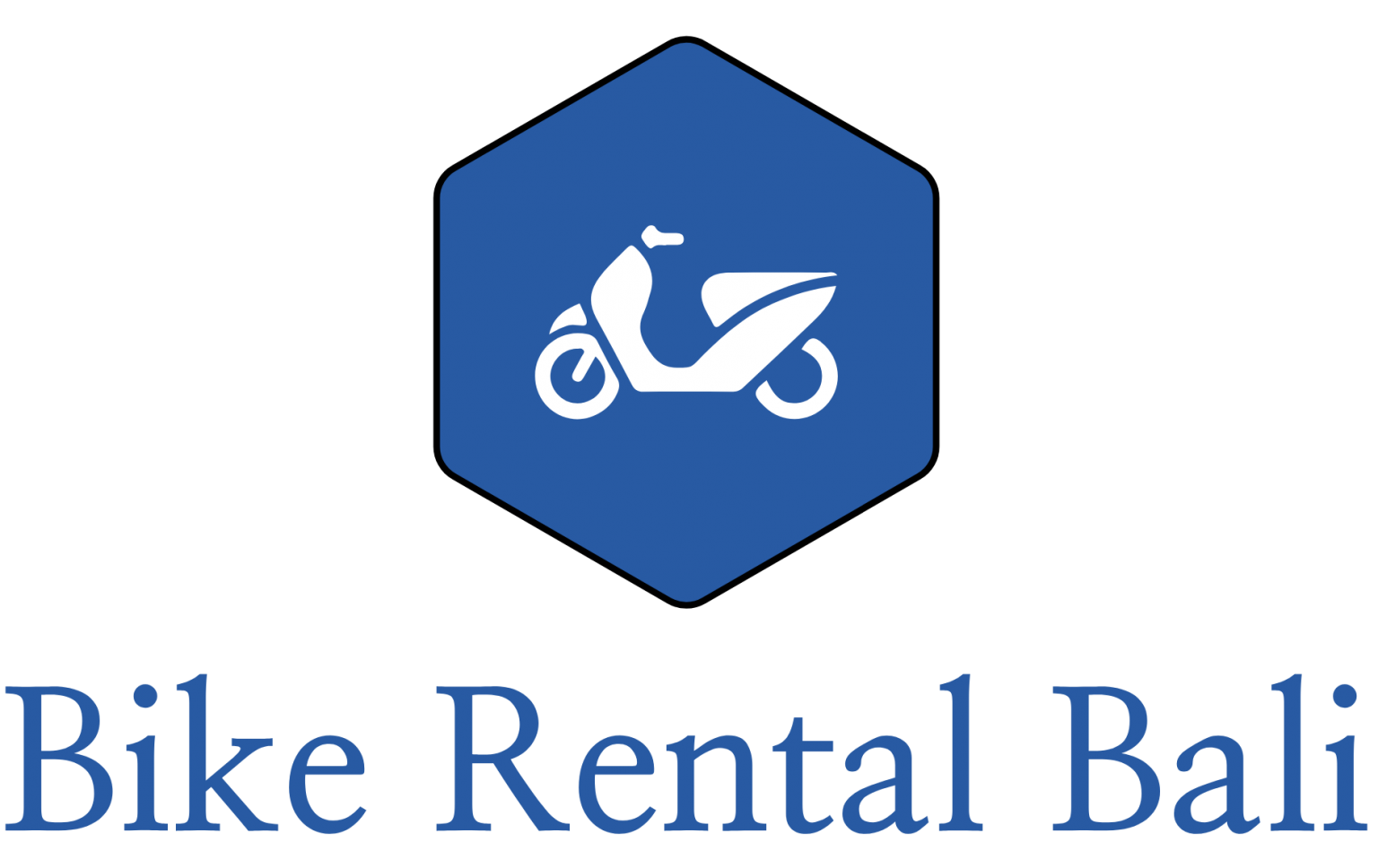Halfway House: Structured Support Toward Sobriety
These guidelines create a safe environment where residents are protected from triggers that lead to relapse. Halfway houses work by providing program structure, resident accountability, and recovery housing to individuals transitioning from addiction treatment, incarceration, or mental health care. The features of a good halfway house include structured rules, professional supervision, peer accountability, and a substance-free environment to support recovery. According to the National Institute of Justice (NIJ), structured halfway houses reduce rule violations by 30%, improving reintegration success. Government-funded halfway houses typically have different cost structures compared to privately owned and operated sober living homes.
What Are the Requirements to Live In a Halfway House?
Challenges of living in a halfway house include adjusting to rules, difficulty finding employment, and social stigma, which impact reintegration. According to the National Institute of Justice (NIJ), 42% of employers hesitate to hire individuals with a history of addiction or incarceration, making financial independence a struggle. This practice helps reduce distractions and potential complications, allowing residents to focus more effectively on their recovery. However, some facilities offer separate housing or programs for men and women within the same organization, ensuring that gender-specific needs are addressed appropriately. The history of halfway houses can be traced back to the 18th century in England, where they initially served as facilities for children arrested for petty crimes.
Organizations That We Support
A halfway house is a fortress of sobriety, where strict substance restrictions provide the security needed for recovery. There is no tolerance for drugs or alcohol within such a structure to provide a level of security and lack of temptation needed to allow one to recover oneself. Regular drug testing provides a kind of security blanket to keep everyone on the straight and narrow.
It is also important to understand addiction as a “family disease.” This is because addiction, like a tornado, affects everyone and everything it comes into contact with. However, while the family may be the most affected, they are also the first line of defense when it comes to getting their loved one help. Transportation assistance can help people to get to and from appointments and other important events. Residents may be required to actively seek employment or engage in educational activities as part of their transition plan. Research from the National Institute on Drug Abuse (NIDA) shows that recovering individuals report experiencing social rejection, making it harder to rebuild their lives. This stigma leads to low self-esteem, depression, and anxiety, further complicating recovery efforts.
- AddictionResource aims to present the most accurate, trustworthy, and up-to-date medical content to our readers.
- The stability provided by routine schedules and professional oversight helps individuals build discipline and confidence.
- Societal stigma surrounding individuals in recovery leads to community opposition, making it difficult to establish new facilities or gain support for existing ones.
- Residents of halfway houses face social stigma, which creates mental and emotional barriers to reintegration.
Some facilities require drug testing or background checks for visitors to maintain safety and sobriety within the house. Restrictions include banning individuals with a history of substance abuse or criminal activity to prevent relapse triggers. These policies help residents maintain focus on their recovery while allowing them to rebuild healthy relationships with supportive family and https://homeloans8.com/2017/03 friends. The primary purpose of a halfway house is to provide a structured, drug-free environment that bridges the gap between inpatient rehab or incarceration and full reintegration into society.
How Does a Halfway House Work for Recovery?
For example, individual and group counseling can help people to understand their addiction and develop coping mechanisms to stay sober. These transitional opportunities aim to facilitate the transition to a healthy, law-abiding lifestyle, providing individuals with the necessary support and resources to navigate the challenges of their reentry journey. It was during this time that the first privately owned U.S. halfway house was established in New York by Maud Ballington Booth in 1896. The term “halfway house” gained prominence in the 1950s, becoming synonymous with transitional housing and offender reentry facilities. Notably, the Halfway House Association, founded in 1958, marked a significant milestone in the halfway house movement.
Staff and managers go above and beyond to make sure your transition after detox or rehab is as smooth as possible. Choosing a sober living home in Los Angeles for my son was the best decision I could have made. Referrals to other services can help people to access additional support, such as medical care or mental health care. Having a plan and working closely with your therapist, counselor, or case manager at the halfway house is important to ensure a smooth transition.
What Are Other Names for Halfway Houses?
This includes those who have completed inpatient rehabilitation and are ready to take the next step toward independent living. Understanding how does a halfway house works, for anyone seeking long-term recovery from addiction or mental health challenges. These structured living environments bridge the gap between intensive inpatient treatment and independent living. They typically follow the rules and responsibilities, such as curfew requirements, job necessities, and attending house meetings or therapy sessions. The goal is to help residents transition smoothly back into normal life, well-equipped for success.
How Long Do People Stay in Halfway Houses?
We may be paid a fee for marketing or advertising by organizations that can assist with treating people with substance use disorders. If you or anyone you know is undergoing a severe health crisis, call a doctor or 911 immediately. Through our programs, weekly house gatherings, employment support, money management, family outreach, and a solid foundation based on the 12 Steps of Alcoholics Anonymous. These professionals, such as social workers or counselors, offer guidance and support throughout your recovery. Halfway House Directory is a great place to start; it can help you find the right halfway house to help you achieve your recovery goals.
One of the most valuable resources available to individuals in a halfway house is access to a comprehensive directory of halfway houses. Websites like Halfway House Directory provide a wealth of information about different halfway houses, including their location, rules and regulations, and contact information. For those interested in exploring innovative approaches to rehabilitation and community support, Bhouses.net offers valuable insights and resources. This modern platform combines technology with community engagement, providing individuals with additional tools to navigate challenges and establish a sustainable future. Participation in counseling or therapy sessions may be a requirement to address underlying issues and support residents in their recovery or transition process. Living in a halfway house is not a form of punishment but rather an opportunity for individuals to receive the necessary support and resources to reintegrate into society effectively.
In the United States, the concept of transitional housing and assistance for individuals in need began in the 19th century, primarily targeting the homeless and impoverished populations. For example, some may have curfews, while others may have strict guidelines around drug and alcohol use. Researching different halfway houses and finding one that aligns with your recovery goals and needs is important. Many halfway houses implement random drug testing to support residents in maintaining sobriety. Halfway houses serve as a stepping stone for individuals looking to reintegrate successfully into the community. These facilities aim to provide a safe and structured environment for residents, assisting them in rebuilding their lives and becoming productive members of society.
- Halfway Houses operates through curfews, counseling, and employment programs, serving individuals recovering from substance abuse, ex-offenders, and those with mental health challenges.
- While these rules create a structured environment, they feel restrictive, especially for individuals accustomed to independence.
- These diverse populations share the common goal of achieving self-sufficiency through structured support and community resources.
- It’s important for halfway houses to provide comprehensive care that promotes long-term independence and well-being.
- These homes focus on peer support and personal responsibility, offering a more flexible structure compared to halfway houses.
- The dual diagnosis during addiction recovery addresses both addiction and mental health needs, which is paramount for effective recovery and relapse prevention.
Women, Hormones & Substance Use: What We Know Now
You are expected to follow the rules and guidelines and are required to participate in educational and vocational programs. The primary aim is to help you stay sober and avoid relapse while learning to become a https://whomeopathy.org/journey-to-better-health.html productive member of society. By offering a structured and supportive environment, sober living empowers individuals to achieve lasting recovery and build a fulfilling life beyond addiction.
- This can help to ensure a smooth transition and increase the chances of a successful halfway house experience.
- The purpose of a halfway house is to provide rehabilitation, reintegration, and transitional support for individuals recovering from substance use disorders, exiting incarceration, or managing mental health conditions.
- During a stay in a halfway house, you can expect a fairly regimented schedule and a set of rules and guidelines to follow.
- SAMHSA reports that residents in structured transitional housing have a 35% lower relapse rate than those without support.
- The limitations of halfway houses in the United States include funding shortages, societal stigma, staff shortages, and the challenge of balancing safety with rehabilitation.
For example, therapy can help you work through any underlying issues or traumas that may have contributed to your addiction. It is important to actively participate in these programs and take advantage of all the resources available. By participating in programs, you will gain new insights, skills, and perspectives to help you recover. Individualized plans are often developed to address the unique circumstances of each resident while fostering a supportive and accountable community environment. Halfway houses are designed to support individuals transitioning from addiction or mental health treatment programs.
While https://www.ride-with-the-devil.com/author/ride-with-the-devil/ these rules create a structured environment, they feel restrictive, especially for individuals accustomed to independence. The purpose of a halfway house is to provide rehabilitation, reintegration, and transitional support for individuals recovering from substance use disorders, exiting incarceration, or managing mental health conditions. The purpose of a halfway house is to provide post-incarceration support, employment assistance, and rehabilitation services to help former inmates reintegrate into society. According to the NIJ, individuals who participate in halfway house reentry programs have a 25% lower recidivism rate than those released without structured support.


